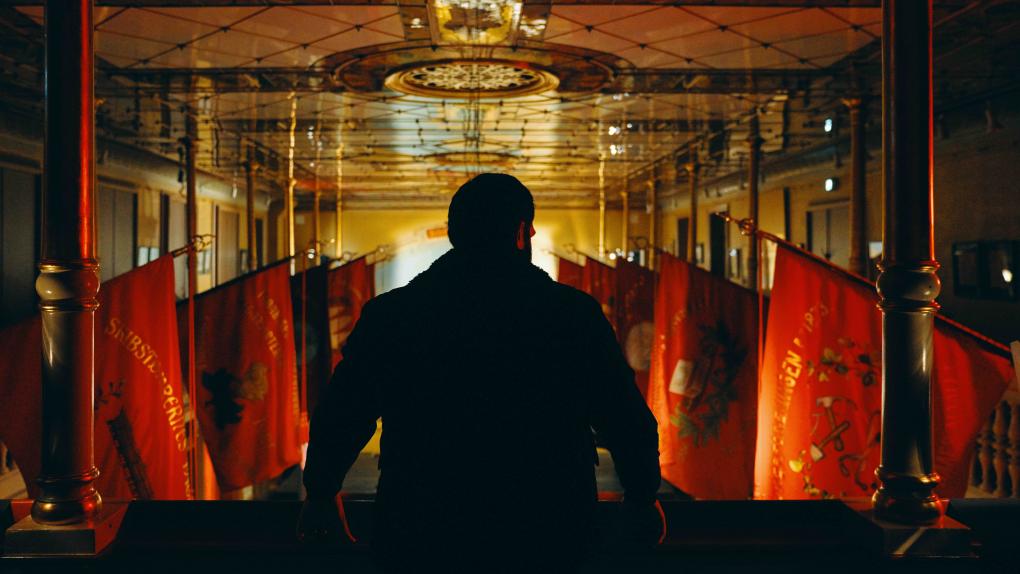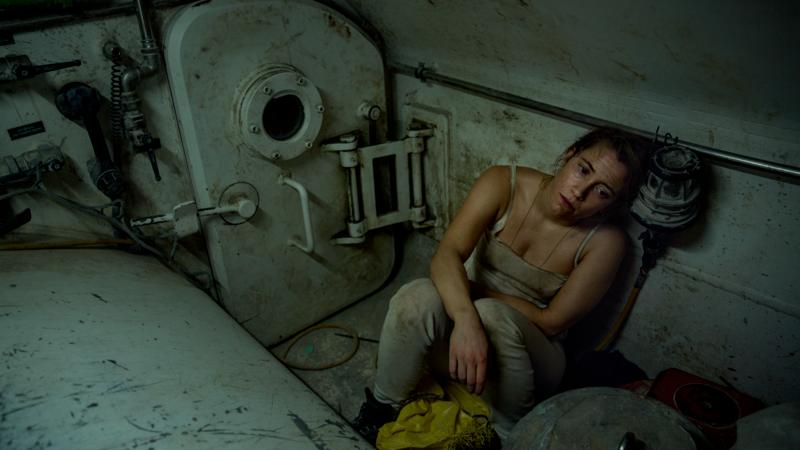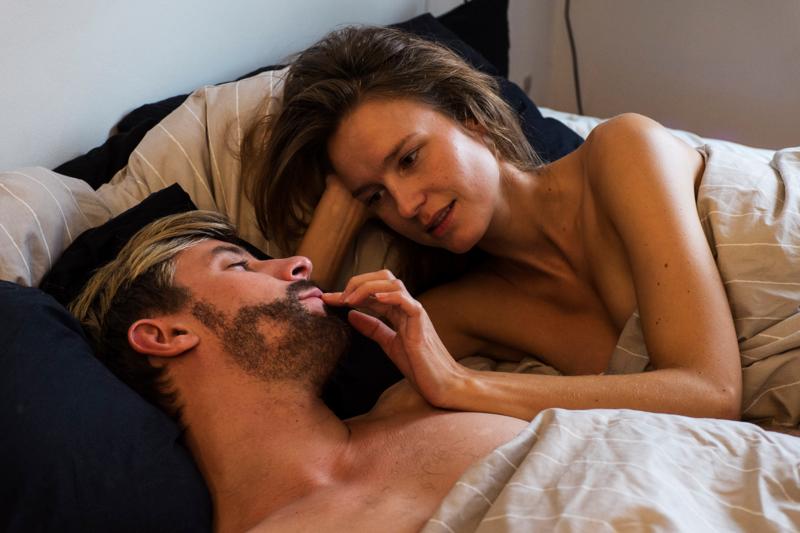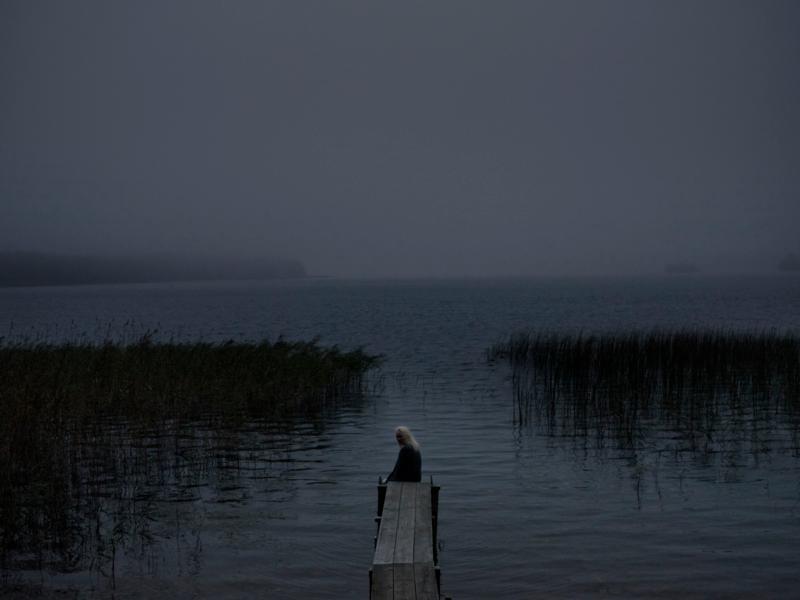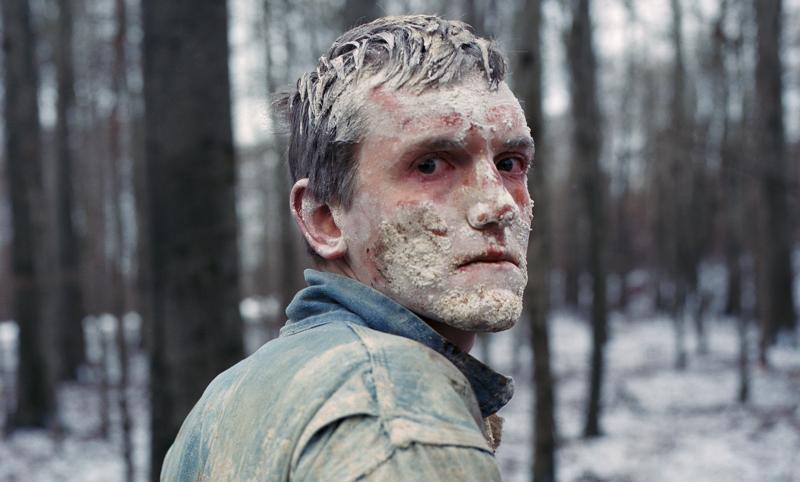A brood of Danish low-budget hits have attracted international attention in recent years. 'The Guilty' won the Audience Award at Sundance and was later shortlisted for an Oscar. 'Winter Brothers' won the Best Actor Award at Locarno and a string of other prestigious prizes. And 'Sons of Denmark' competed at the festivals in Gothenburg, Rotterdam and, most recently, Seattle, where it won Best Director.
What all these films have in common is that they sprang from New Danish Screen, the Danish Film Institute’s talent development scheme.
Now the Swiss Neuchâtel Fantastic Film Festival in July is hosting an event on New Danish Screen’s singular methods that have helped put a flock of new directors on the map. The event – titled 'Danes Do It Better!' – will be screening several films developed and produced under the scheme, with Ulaa Salim's 'Sons of Denmark' also running in the international competition.
The goal is to inspire other filmmaking nations to think outside the box and try out new ideas, says Johnny Andersen. As a former New Danish Screen producer, Andersen helped implement a visually oriented development process. Responding to international interest, he is now headed to Neuchâtel to share what he has learned.
"It has caught the festival’s eye that good, inexpensive films have been coming out of New Danish Screen and the visual way of producing," Andersen says. "The films are successful in large part because they are built on sharp concepts and are visually conceived from the get-go."
Fresh, visual approach
The basic idea behind the development method involves testing out ideas visually – ideas like a limited cast of characters, a defined arena or a limited time frame – early on in the process by doing a so-called filmic study of some 10-15 minutes. The objective is for the filmmakers to get as close as possible to the final film while using the same crew, gear and cast that they plan to use for the final film.
"This forces the filmmakers to quickly consider how they intend to express the basic idea of their film, so that the tight financial framework does not feel like a straightjacket but becomes a catalyst for greater creativity," Andersen says.
This alternative development approach was first put to the test in Skitsen (The Sketch), a pilot programme under New Danish Screen set up in 2015 focusing on new ways of developing cinematic narratives. The programme fostered films like Christian Tafdrup's 'A Horrible Woman' as well as Rasmus Kloster Bro's 'Cutterhead', which premiered in competition at Neuchâtel last year.
According to Andersen, these films showed that it is possible to expand the boundaries of low-budget filmmaking – and make, say, a disaster movie like 'Cutterhead' which is set in Copenhagen's underground – as long as the concept is crisp and clear.
Visual development is far from customary, internationally or domestically, Andersen says.
"It has not been common in the film industry to do much in the way of visual development. Development is done on paper – in the form of a screenplay – almost up to the start of production. That’s what astounded us to begin with, because film is an audiovisual medium."
International interest
Today the visual study, which was kick-started by the Skitsen pilot programme, is a standard option when applying for funding from New Danish Screen. A growing number of filmmakers are choosing to go that way. Internationally as well, there is interest in visual development.
Andersen has talked at the Cinema Days festival in Palestine and the development forum Torino Film Lab. His next stop is Neuchâtel. He hopes that the film industry, both at home and abroad, will widely adopt the new development format.
"I think a lot of people would benefit from developing their films in a more visual way. Also on a bigger budget. I hope our approach will rub off on the film scene in general. Everyone would profit from crafting a filmic vocabulary and a concept for their film early on, I think," Andersen says.
"In countries that don’t have the same funding opportunities as in Denmark, I have seen an interest in visual development used in fundraising for the final film. This way, filmmakers can present their idea much more clearly than with just a screenplay."
The Neuchâtel Fantastic Film Festival runs from 5-13 July. See more at nifff.ch.
